What do world-traveling plastic toys, biodiversity in the deep sea, climate change and the last great unexplored area on Earth have in common? The critical need for ocean literacy! The ocean is often neglected in our schools, yet it comprises 71% of Earth’s surface. Life on Earth evolved in and depends on our global ocean.
Exploring Ocean Mysteries is a curriculum that makes it easy to teach the seven Ocean Literacy Principles while meeting NGSS, Common Core and Climate Literacy standards. Lessons are targeted to middle grades and adaptable for grades 4-12. They use the National Marine Sanctuary System as an engaging backdrop that helps students understand their importance for exploration, research, Indigenous cultures and more.
The 17 lessons and supporting resources below have been created by NOAA’s Office of National Marine Sanctuaries in collaboration with Engaging Every Student, supported by funding from National Geographic Society and the National Marine Sanctuary Foundation. These lessons and materials are also available in Spanish.
Ocean Literacy Essential Principle 1: Earth has one big ocean with many features.
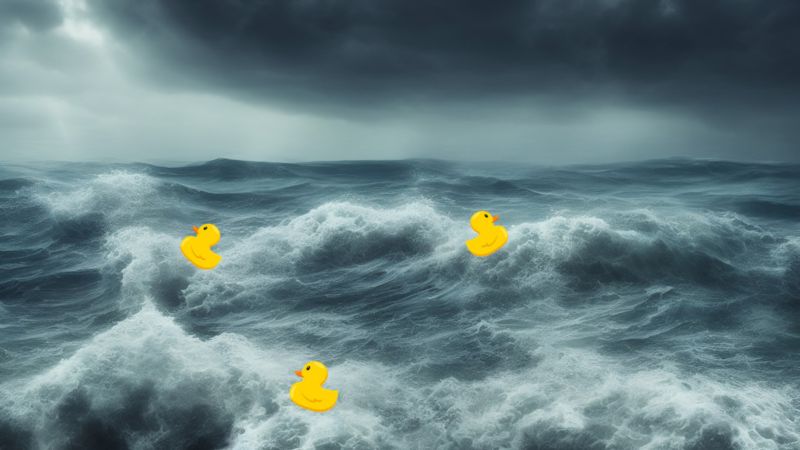
Mapping Friendly Floatees
Students explore ocean phenomena through the story of floating toys that traveled far and wide after a shipping disaster. They predict where the toys might have traveled, then use ocean current and prevailing wind information to revise their predictions.
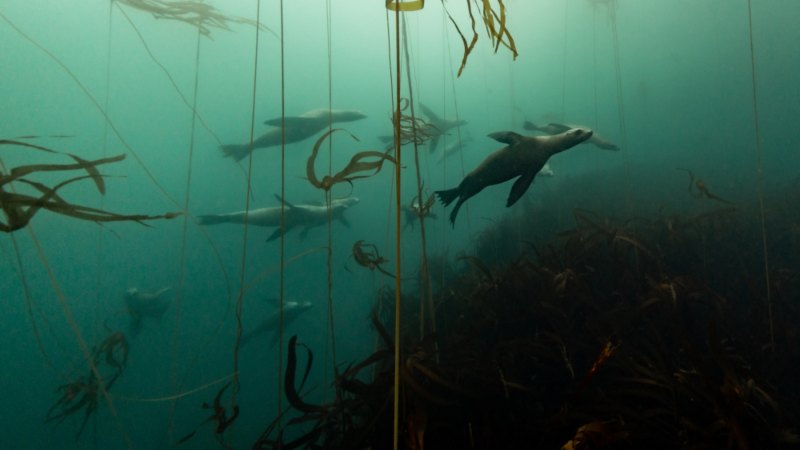
Exploring Marine Sanctuaries
Students learn about the National Marine Sanctuary System by researching their habitats, species, physical features and cultural importance. Students will understand there is a tremendous diversity of ocean environments and life forms.
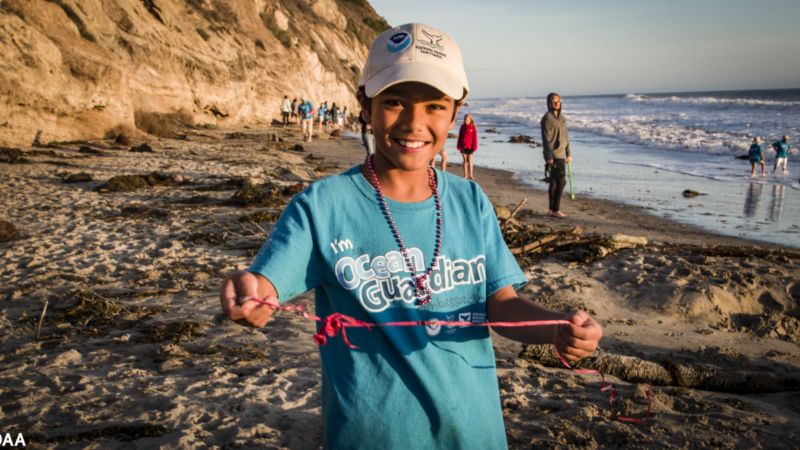
Watersheds to Whales
Students will learn about watershed stewardship and make observations about how water and pollution runoff can infiltrate landscapes and flow to the ocean. Students consider sources of pollution and how that pollution could travel through a watershed and affect national marine sanctuaries or monuments and the organisms that live there.
Ocean Literacy Essential Principle 2: The ocean and life in the ocean shape the features of Earth.
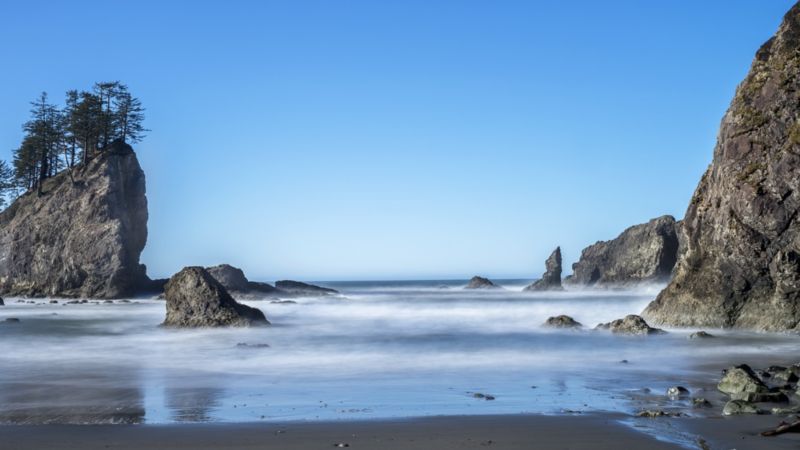
Sanctuary Landscapes
This lesson engages students with phenomena impacting coastal landscapes at East Coast and West Coast national marine sanctuaries. Students will explore the geologic and ocean forces that created the diverse features and investigate where and when they might be most likely to find buried treasure.
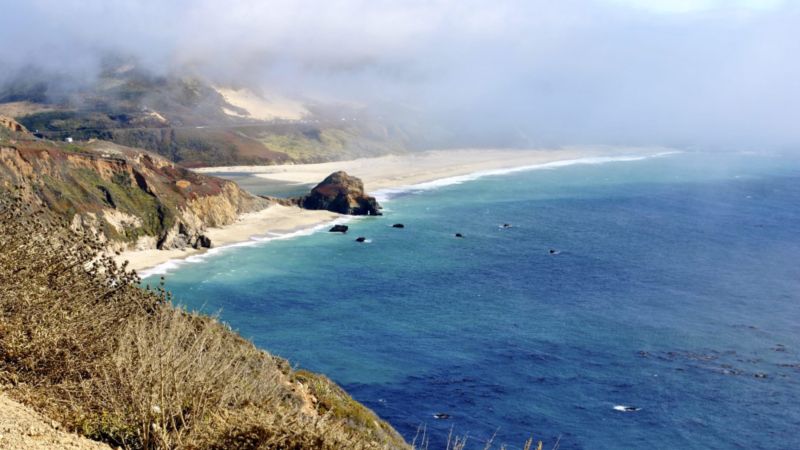
Sifting Sanctuary Sands
Students “visit” locations in Hawai’i and on the West Coast by exploring a model of the Pacific basin, analyzing close-up photos of sand at various beaches in national marine sanctuaries and monuments. Students speculate about the origins of sand and geological processes that create it. They realize that many constructive and destructive forces are at work between land and sea.
Ocean Literacy Essential Principle 3: The ocean is a major influence on weather and climate.
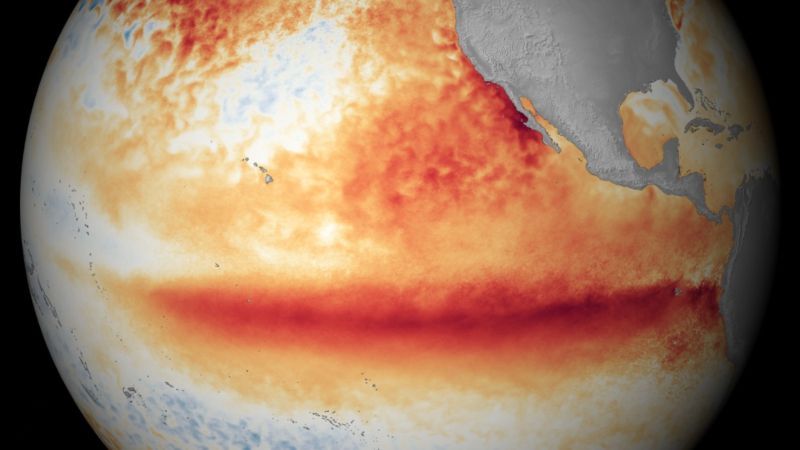
Investigating El Niño & Impacts of Changing Ocean Temperature
Students explore ocean temperature data visually with NOAA View Global Data Explorer. They consider impacts of changing ocean conditions on marine sanctuaries and wildlife, as well as global impacts of El Niño and La Niña and other changes that impact the ocean and Earth’s climatic and living systems that depend on it.
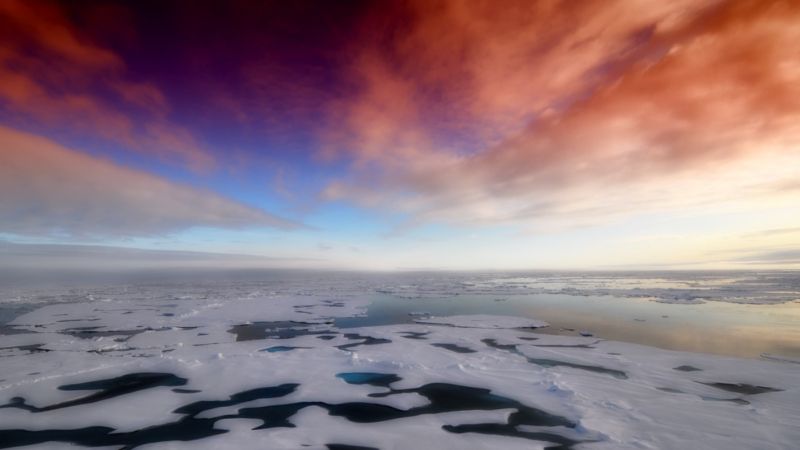
Investigating Albedo & Ocean Feedback Loops
Students investigate effects of shining light on differently colored materials on temperature. They design experiments to test the important role albedo plays in determining how much radiation is absorbed by a substance.
Ocean Literacy Essential Principle 4: The ocean makes Earth habitable.
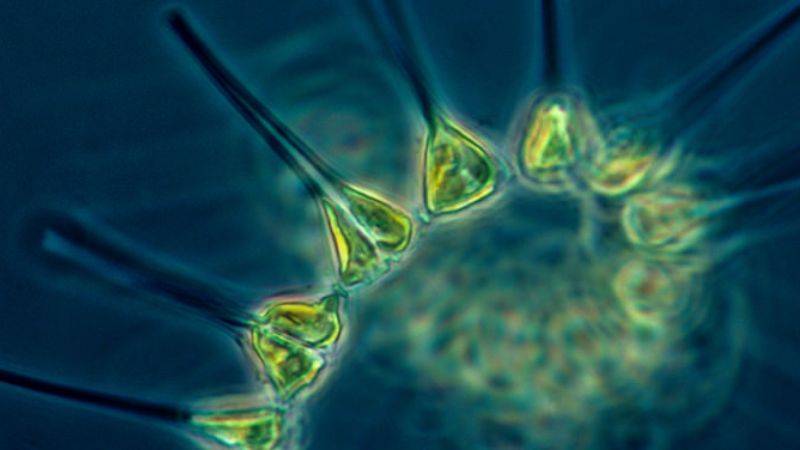
An Ocean of Oxygen Producers
This lesson focuses on how marine photosynthetic organisms contribute oxygen to our atmosphere. Students will research and present about a marine organism that photosynthesizes and consider the importance of those organisms as historic and current contributors to atmospheric oxygen.
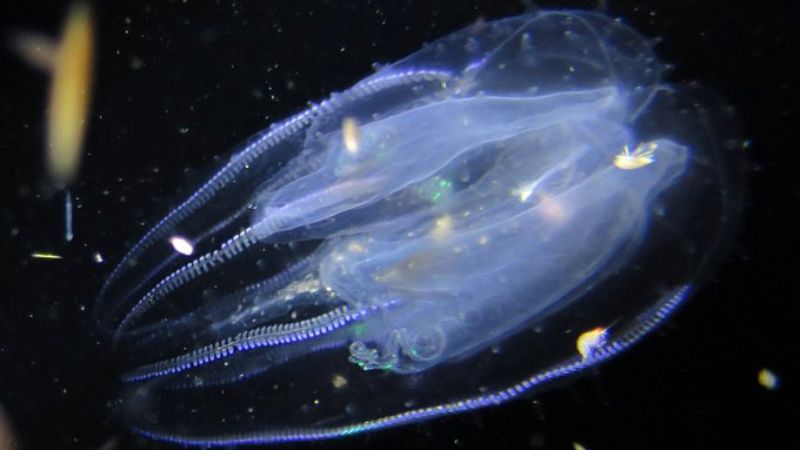
Ocean Origins of Life
Students explore the evolution of marine organisms. Students research where in national marine sanctuaries the living species are found and create a sanctuary poster featuring the organism.
Ocean Literacy Essential Principle 5: The ocean supports a great diversity of life and ecosystems.
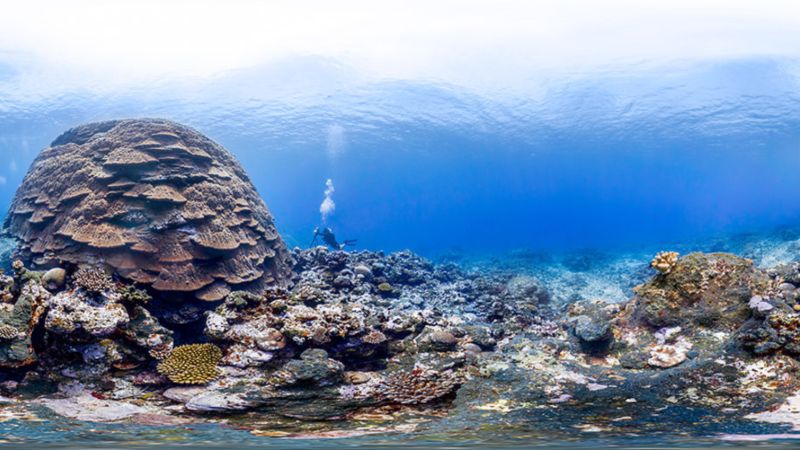
Modeling Coral Reef Ecosystems: Rainforests of the Sea
Students research an organism from coral reef ecosystems. Students will present their findings to the class, then create kinesthetic and visual ecosystem models, incorporating other organisms and nonliving things that are important for the ecosystem. Through their models and class discussion, students will demonstrate how biodiversity makes ecosystems more resilient.
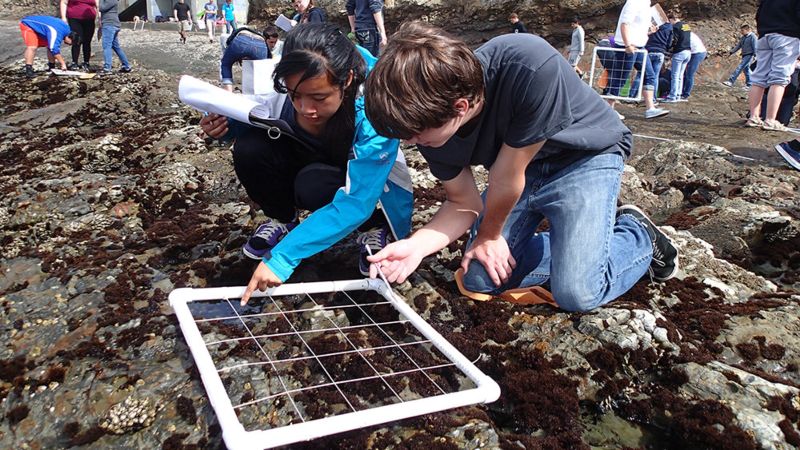
Tidal Tales: Monitoring Marine Life
Students will learn techniques scientists use to measure species abundance in rocky intertidal and subtidal zones in national marine sanctuaries. Students will consider the environmental conditions that influence species occurrence and abundance and why it is important to monitor these sensitive habitats.
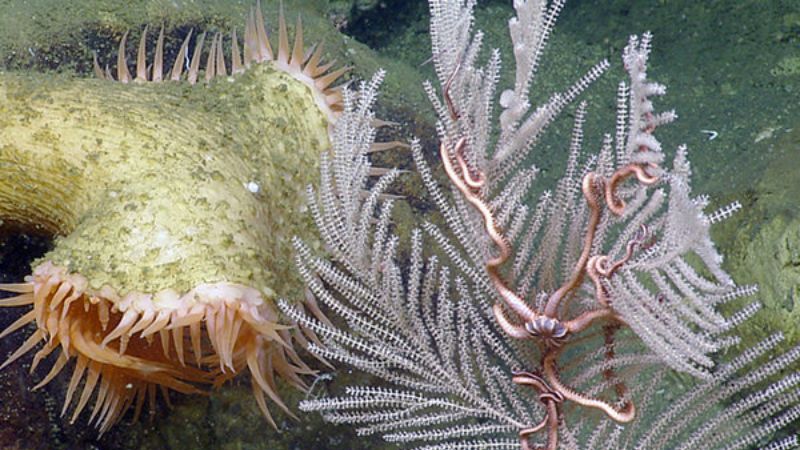
Sanctuaries of Deep-Sea Coral Communities
This lesson focuses on species found in deep-sea coral communities and environmental factors that influence their presence and abundance. Students will view videos of real scientific transects taken with remotely operated vehicles (ROVs), and record data on the presence of specified species.
Ocean Literacy Essential Principle 6: The ocean and humans are inextricably interconnected.
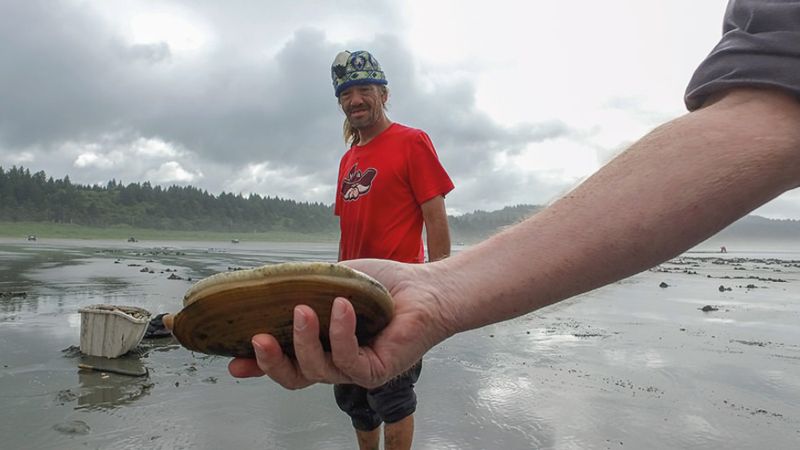
Mystery of the Disappearing Shells
Students conduct an experiment to examine the effects of acidic solutions on shells. They explore causes of ocean acidification and impacts on marine life, including the impacts of acidified seawater on bivalves, such as clams, mussels and oysters. They also discuss ways of reducing levels of carbon dioxide in the atmosphere to mitigate the problem.
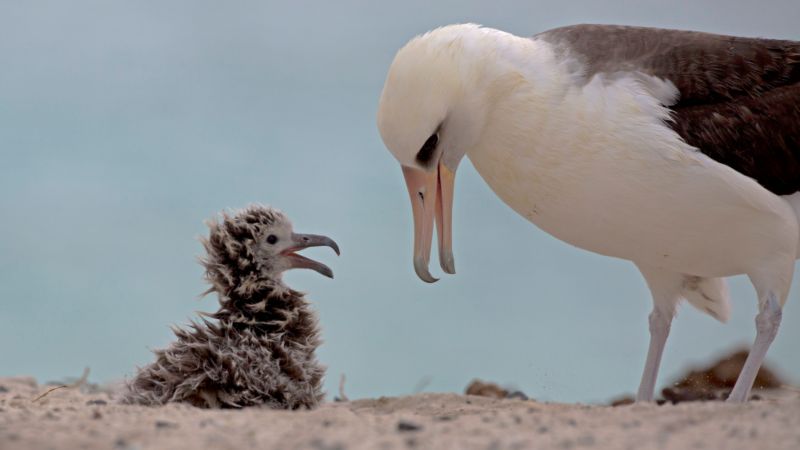
Clues from Albatross: Determining Ocean Health
Before leaving the nest, albatross chicks regurgitate a mass of indigestible material called a bolus. Boluses give us clues as to the types of food and trash eaten by albatross parents at sea. In this lesson, students will use professional photographs of a bolus to perform a “virtual dissection” and analysis.
Ocean Literacy Essential Principle 7: The ocean is largely unexplored.
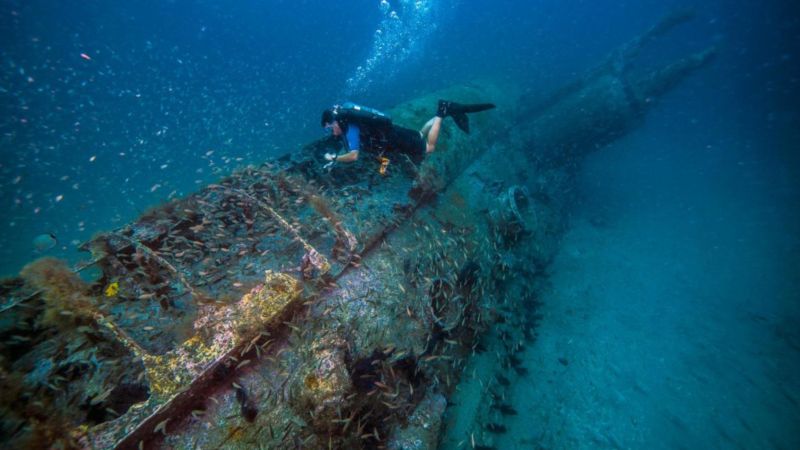
Surfacing Ocean Mysteries
Students explore phenomena observed at national marine sanctuaries or monuments. They investigate reasons for ocean exploration and benefits to humans. They discover that most of the ocean is unexplored and that exploration is critical for protecting life on Earth and finding new resources.
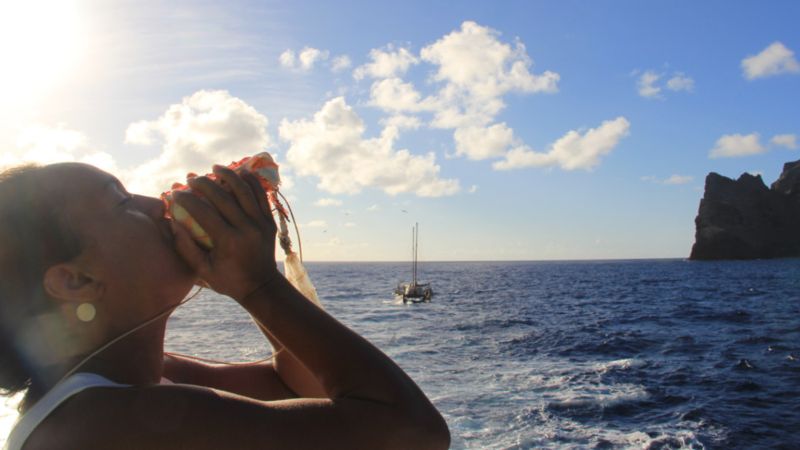
Ocean Explorers: Unlocking Mysteries
Students investigate an ocean explorer and their work in and around national marine sanctuaries or monuments. Students will realize that we know very little about the ocean, with many mysteries yet to be investigated.
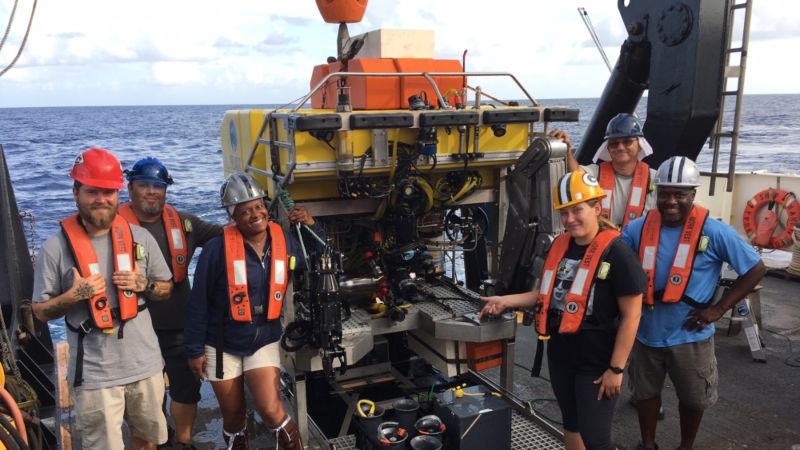
Plan an Ocean Expedition
Students plan an expedition to a national marine sanctuary or monument. They choose a phenomenon to investigate, select personnel they will hire and technology they will use. Students create a research question, mission statement, expedition budget and justify how their choices support the mission.

